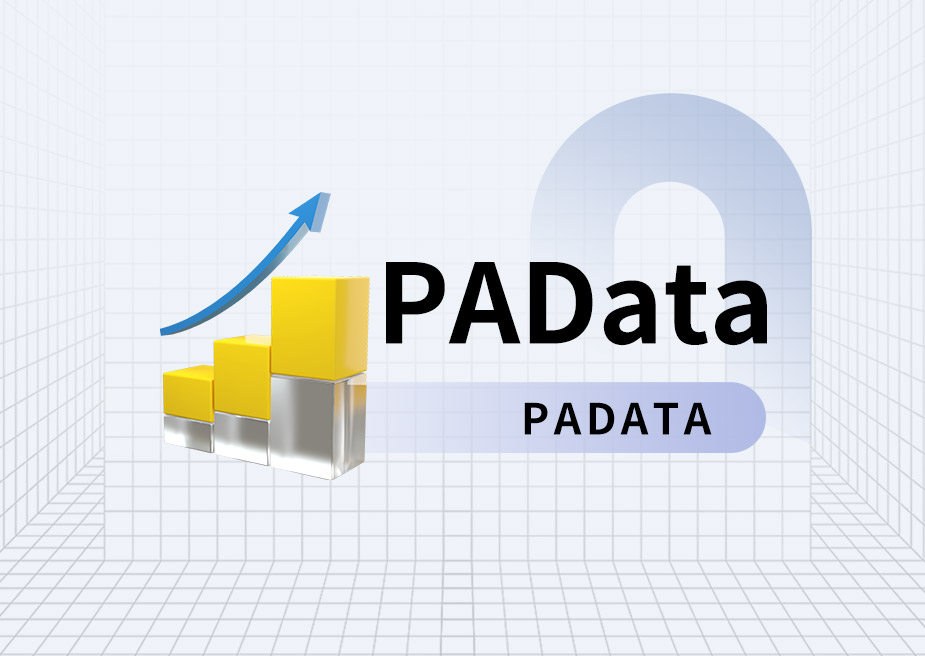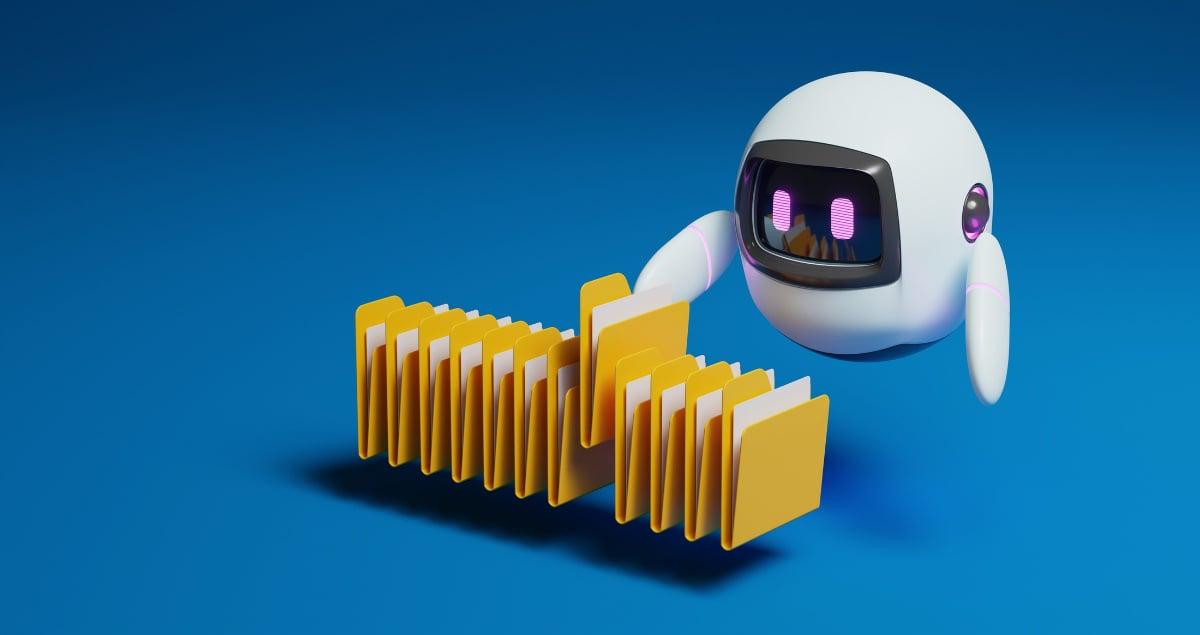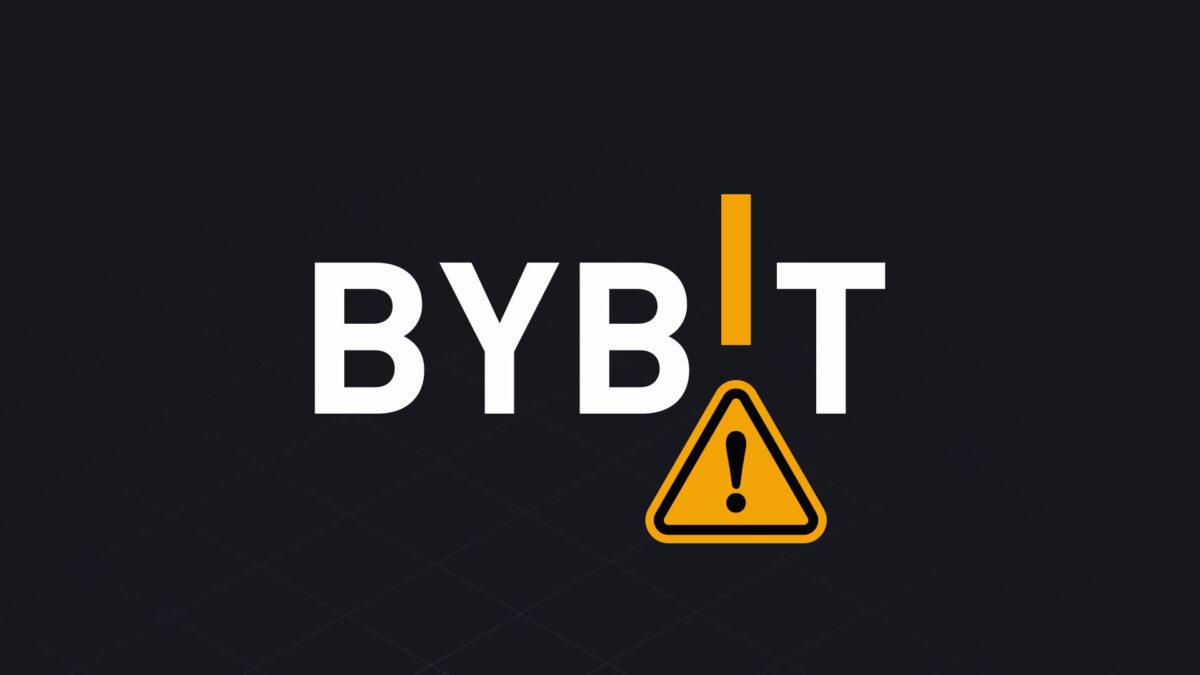결제 혁신으로서 스테이블코인은 가치 이전 방식을 단순화합니다. 이러한 디지털 통화는 일반적으로 미국 달러에 고정되어 있으며 가치 저장 및 교환 매체 역할을 합니다. 스테이블코인은 개발된 지 약 5년밖에 되지 않았지만 연간 거래량에서 주요 결제 네트워크를 능가하고 전통적인 금융 인프라와 병행하는 시장을 창출하면서 암호화폐 업계의 '킬러 앱'이 되었습니다.
수백만 명의 사용자와 수조 달러의 거래량을 갖춘 스테이블코인은 금융 생태계의 중요한 부분이 되었습니다. 그러나 이 카테고리의 정의와 그 의미는 아직 완전히 명확하지 않으며 PayFi의 혁신적인 역할도 명확하지 않습니다.
역사, 특히 은행산업의 흥망성쇠 패턴을 되돌아봄으로써 우리는 스테이블코인의 발전 추세를 더 잘 이해하고 PayFi의 미래를 예측할 수 있습니다. A16z 파트너인 Sam Broner의 기사 "Stablecoins를 이해하기 위한 유용한 프레임워크: 은행 역사"는 미국 은행 산업의 역사와의 비유를 통해 스테이블코인의 미래 발전에 대한 귀중한 관점을 제공하는 동시에 PayFi 및 기타 관련 분야의 미래 발전을 보여줍니다. 잠재적인 미래.

은행산업의 역사적 길
암호화폐 분야의 많은 혁신과 마찬가지로 스테이블코인도 은행 산업과 유사한 궤적을 따를 가능성이 높습니다. 개발 과정은 초기 은행 예금, 지폐와 유사한 스테이블 코인 발행으로 시작해 점차 온체인 DeFi 활동을 다루며 궁극적으로 페이파이(PayFi) 개발을 촉진했다.
Sam Broner의 기사는 미국 은행의 역사를 제공하고 스테이블 코인 개발에 대한 귀중한 통찰력을 제공합니다. 연방준비제도(Federal Reserve)와 연방예금보험공사(FDIC)가 창설되기 전에는 화폐 발행 기관의 평판과 교환 용이성에 따라 다양한 형태의 화폐 가치가 달랐습니다. 은행은 이익을 위한 예금 투자와 예금의 안전성 확보 사이에서 균형을 유지해야 합니다. 이러한 긴장은 현재의 스테이블코인 환경에도 반영됩니다.
법정화폐 기반 스테이블코인이 널리 채택된 통화 발행의 현재 단계를 대표한다면, 자산 기반 스테이블코인은 암호화폐 공간에서 신용 창출의 다음 단계가 될 가능성이 높습니다. 오늘날 은행은 예금을 사용하여 통화 공급을 늘리고 자본 효율성을 향상시키는 데 중요한 대출을 포함한 다양한 자산에 투자합니다. 마찬가지로, 스테이블코인은 분산형, 자체 관리형 형태로 은행 예금 및 지폐와 유사한 기능을 제공합니다. 은행이 대출을 통해 화폐 공급을 확대하는 방식과 유사하게, 자산 기반 스테이블코인은 분산형 대출 프로토콜이 성숙해짐에 따라 인기를 얻을 것으로 예상됩니다.
이것이 PayFi가 들어오는 곳입니다. PayFi는 스테이블코인 결제 네트워크를 구축, 확장 및 심화합니다. PayFi는 블록체인과 스마트 계약 기술을 활용하여 DeFi 프로토콜을 통합하여 대출, 자산 관리, 투자 등 온체인 금융 서비스를 전 세계적으로 제공합니다. 결제 및 금융 서비스를 블록체인 결제 레이어에 통합함으로써 PayFi는 스테이블코인 결제와 DeFi의 장점을 활용하여 효율성을 높이고 원활한 가치 이전을 가능하게 합니다.
스테이블코인의 종류
Sam Broner의 기사는 스테이블코인을 법정화폐 지원, 자산 지원, 전략 지원 합성 달러(SBSD)의 세 가지 광범위한 범주로 나눕니다. 법정화폐로 담보되는 스테이블코인은 국립은행 시대의 지폐와 유사하며, 법정화폐로 직접 전환이 가능하고 준비금으로 담보됩니다. 자산 기반 스테이블코인은 은행이 대출을 통해 새로운 돈을 창출하는 방식을 모방하여 온체인에서 유동성이 높은 담보를 활용합니다.
기술 구조로 인해 SBSD는 필연적으로 규제 문제와 사용자 경험 장애에 직면하게 됩니다. 현재는 주로 DeFi 제품의 투자 도구로 사용되며, 전통적인 금융의 투자 딜레마인 소득, 유동성, 위험 간의 균형을 극복하기 어렵습니다. 따라서 신뢰할 수 있는 가치 저장 수단이나 교환 매체로는 적합하지 않습니다.
미국 국채가 지원하는 이자부 스테이블코인과 PayFi와 같은 혁신적인 모델과 같은 최근의 혁신은 이러한 금융 투자 제약을 무너뜨리고 있습니다. PayFi는 DeFi를 결제에 통합하여 모든 달러를 스마트하고 자율적인 자금으로 전환하고 유휴 자금을 생산적인 자산으로 전환하고 유동성을 유지하면서 수익을 창출하므로 모든 달러가 중요합니다.
더 많은 경제 활동이 블록체인으로 이동함에 따라 두 가지 주요 발전이 예상될 수 있습니다. 즉, 더 넓은 범위의 자산이 대출 프로토콜에 적용 가능한 담보가 되고, 자산 담보 스테이블코인이 온체인 화폐 공급에서 더 큰 부분을 차지하게 될 것입니다. 시간이 지남에 따라 다른 유형의 대출도 온체인에서 안전하게 발행되어 온체인 화폐 공급이 더욱 확대될 수 있습니다. 스테이블코인만으로는 이러한 변화를 이룰 수 없지만 PayFi는 가능합니다.
주요 시사점
결제 시스템에서 스테이블코인의 혁신이 전통적인 금융을 혼란에 빠뜨리는 것처럼 보일 수 있지만, 화폐의 기본 속성(가치 측정 단위)과 핵심 기능(교환 매체)은 변함이 없다는 점을 인식하는 것이 중요합니다. 따라서 스테이블코인은 통화의 전달자 또는 표현으로 간주될 수 있습니다.
금전적 성격을 고려할 때 현대 은행 역사에서 관찰되는 개발 패턴은 스테이블코인에 대한 귀중한 통찰력을 제공합니다. Sam Broner의 기사는 화폐 발행을 탐구할 뿐만 아니라 은행이 돈을 창출하기 위한 도구로 신용을 사용하는 방법을 강조하기 때문에 특히 중요합니다. 이러한 관점은 현재 화폐 발행 단계에 있는 스테이블 코인의 향후 발전 방향을 제시합니다.
명목화폐로 뒷받침되는 스테이블코인은 현재 단계를 대표하는 반면, 자산을 담보로 하는 스테이블코인은 신용 창출의 다음 단계가 될 것으로 예상됩니다. 더 많은 비유동성 현실 자산(RWA)이 블록체인으로 토큰화됨에 따라 이들의 주요 역할은 유통하는 것이 아니라 담보 역할을 하여 이러한 자산을 지원하는 기본 자산을 형성하여 스테이블코인을 지원하는 것입니다.
이 전략이 지원하는 합성 USD는 주로 DeFi 소득 상품에 사용되며 전통적인 금융 투자 딜레마에 직면합니다: 소득, 유동성 및 위험 간의 균형. DeFi를 암호화폐 결제와 통합함으로써 PayFi는 궁극적으로 이를 SBSD를 포함한 스마트하고 자율적인 펀드로 전환하여 모든 달러를 가치있게 만듭니다.
궁극적으로 초점은 본질, 즉 디지털 통화와 블록체인 기술을 통해 돈의 기본 속성을 더욱 강화하도록 설계된 스테이블 코인, 합성 달러 또는 전용 통화의 생성에 있습니다. PayFi의 목표는 핵심 기능을 강화하고, 통화 운영 효율성을 개선하고, 운영 비용을 절감하고, 위험을 엄격하게 통제하며, 가치 교환을 촉진하고 경제 및 사회 발전을 촉진하는 데 있어 통화의 긍정적인 역할을 최대한 활용하는 것입니다.
스테이블코인은 보다 저렴하고 효율적인 송금 방법을 제공함으로써 결제 산업에 혁명을 일으킬 것으로 기대됩니다. PayFi는 은행이 택한 경로와 유사하게 화폐 공급을 창출하고 스테이블 코인 개발의 다음 단계를 추진함으로써 채택을 더욱 촉진합니다.
PolyFlow의 임무는 분명합니다. 기존 시스템과 블록체인을 연결하여 모든 거래를 의미 있게 만드는 솔루션을 구축하는 것입니다. PayFi의 인프라인 PolyFlow는 고급 블록체인 기술을 사용하여 혁신적인 애플리케이션을 홍보하고 대중화를 가속화하며 사용자를 새로운 금융 패러다임으로 안내합니다. 이는 비트코인 백서의 원래 비전과 일치하여 Web3의 잠재력을 최대한 활용합니다.







